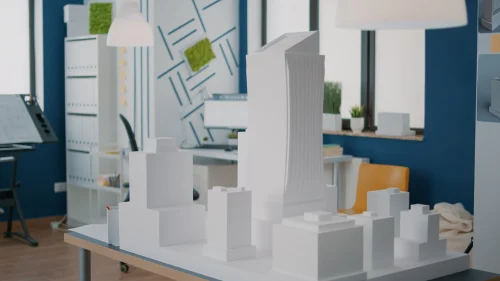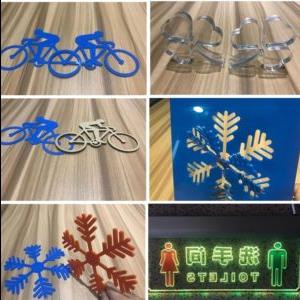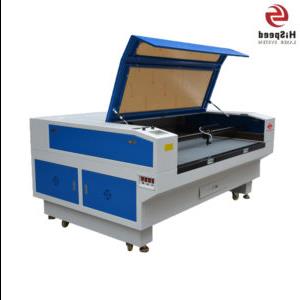Architectural models are usually real-life copies of houses or other structures. They mainly help you picture what the building will look like. Today, many designers use laser cutting to create architectural models. A laser cutting machine for architectural models is fast and offers very accurate results. You can make shapes and patterns exactly as you plan.
These models are very important for architects, engineers, and clients. They turn ideas into something you can see and touch. The better you do it, the better you can represent every detail in your project. Laser cutting, in this case, can help you with even the smallest and most complex information. This way, you can make your project even more realistic and professional.
You can make architectural models from different materials. Wood, acrylic, cardboard, and foam board are some of the most popular ones. Thanks to laser technology, you can work with all these materials and create cuts. With it, you can ensure clean edges and smooth surfaces.
In this article, you will mainly learn about laser cutting for architectural models. Specifically, you will go through why precision matters for these models. What is the step-by-step process of making professional laser-cut architectural models? We will also introduce you to the best laser cutter for this work. So, stay tuned and let’s get started.
Why Precision Matters in Creating Architectural Models?
The better your model is, the more you can represent your project. Therefore, precision is the foundation of a good architectural model. It typically improves your presentation and communication. Most importantly, it helps your client with decision-making.
With methods like laser cutting, every element can match the plan perfectly. This way, you can build trust between architects, clients, and project teams.
Accuracy Reflects Real Design
For laser cutting architectural models, accuracy matters a lot. Higher accuracy can only be achieved through laser technology. It ensures the miniature reflects the main design. Every cut, detail, and angle matches the original plan. This type of precision helps to visualize the real project. Besides, accuracy makes the model look more reliable as well.
Better Communication with Clients
When your architectural model is accurate, it makes a clear visualization of the whole project. This way, the communication with your clients becomes much easier. You can quickly answer and visualize their questions. Whether they are looking for open spaces or sunlight directions, you can clearly highlight those.
Smooth Assembly Process
When discussing smooth assembly, it simplifies the process of creating architectural models. The parts will fit together without the need for force if you cut them into the correct shape. Follow these steps to save both time and money. Therefore, a smooth process makes sure your final project looks neat and accurate to the design.

How to Laser Cut Architectural Models?
As mentioned, precision matters in creating architectural models. You can make it using various techniques. You can either use knives or 3D tools. However, these tools cannot offer the accuracy that laser cutting can.
Many professionals nowadays prefer laser cutting architectural models for clean and accurate results. A laser cutting machine for architectural models can produce fine details that would be impossible to achieve by hand. Surely, it is versatile and works on wood, acrylic, cardboard, and more.
A model laser cutting process is faster and more consistent. With a 3D laser cutting machine, you can create even more complex shapes. Let’s go through the step-by-step process to laser cut architectural models.

Choose the Right Laser Cutting Machine
The first step is to select a laser cutting machine. There are several types of laser cutters. Pick a machine that suits your project needs. Ensure it has enough power to regulate your cutting. Moreover, think about your material thickness and bed size for your sheet dimensions. Based on these factors, choose a reliable brand for precise cutting.
Choose the Right Material
Choosing the right material for architectural models is also critical. For a lightweight structure, you can think about using balsa or basswood. You can use acrylic for windows and trendy building fronts. For a quick prototype, cardboard is typically ideal. Besides, for some structures, you may also need metal sheets.
In this case, the compatibility of the laser machine must be checked with the materials you want to deal with. Therefore, pay attention to selecting the right type of laser cutter.
Set up the Laser Cutting Machine
Place your sheet into the laser cutting bed. Adjust your laser focus to achieve sharp cuts. After that, set the parameters, such as power, speed, and frequency, according to your material thickness. Turn on the ventilation system or fume extraction. Check all the safety options and proceed with the next step.
Test Cut a Small Section
Always conduct a sample test on a small portion of the sheet. Check if edges are clean and measurements are accurate. Customize the setting if needed. Make sure the power does not burn the material and melt it. Only proceed when you are satisfied with the results of the settings.
Perform the Full Cut
If everything is perfect, start the batch production. Please ensure the design and position are thoroughly reviewed, and adjust the size as needed. Observe the entire process until it concludes. Once finished, let the machine stop; don’t open the cover before.
Remove and Clean the Parts
Carefully take your cutting pieces from the machine. Take off any leftover bits or tabs. Wipe the dust with a cloth or remove any residue from the materials. In this case, you may use a soft brush too. Keep all the parts in synchronization for easy assembly later.
Assemble the Model
To assemble the model, follow the design instructions and join pieces. Be careful not to push the parts to adjust them. Check alignment in each step. You may use glue or other adhesives to attach parts. Work slowly to be more precise and avoid damaging the parts.
Add Final Details
To enhance the design and model, you may use paint, texture, or extra details. In particular cases, you can add landscape or furniture. Use fine tools for precision work. Please ensure that the finishes and colors match the planned design. Lastly, review the model to confirm it is the required one.
Best Laser Cutter for Architectural Models
If you are looking for a laser cutting machine for architectural models, an LS-1390 could be your best companion. It uses a CO2 laser, which is suitable for cutting most non-metals. It comes with 130W laser power and can work within a 1300mm x 900mm area. It works on both the RD control panel and using laser cutting software.
It is an excellent device for most advertising industries that deal with a wide range of materials. Although it struggles to cut metals, it’s amazing for non-metal cutting projects. Since most architectural models are made of wood or cardboard, LS-1390 would be best for this job.

Why Prefer a Laser Cutting Machine for Architectural Models?
If you are making architectural models, accuracy, speed, and detail are crucial. A laser cutting machine for architectural models offers clean edges, fine details, and, of course, consistent results. With model laser cutting, you can typically make complex designs way quicker than before. Let’s check why you should prefer laser technology.
High-Precision
High precision is the main reason to select a laser cutter machine. It gives you exact design measurements without any manual work. This makes the design look more professional and engaging.
Speed and Efficiency
Laser cutting machines, especially Hispeed laser devices, come with amazing flexibility. You can customize the settings based on your needs, including the speed and efficiency. This flexibility helps you whether you use thick or thin sheets for the model.
Complex Designs Made Easy
Hispeed laser cutters are computer-controlled. It does what you tell it to do. Simply put your design into the laser engraving software. Set the parameters, and the machine will work based on these settings. There is no chance of errors. It makes the cutting process easier with a complex design.
Versatility
Laser cutting machines are amazingly versatile. They can work on various types of materials. For architectural models, you may often need to deal with multiple materials. A laser cutter could be your excellent companion for the project.
Consistent Quality
Since laser cutting is a no-contact process, it produces the same cut every time. Thus, laser machines are widely popular for their consistent quality and results. The machine easily keeps all the parts uniform and neat. It reduces waste from mistakes.
Frequently Asked Questions
What are the materials used in architectural models?
Architectural models often use foam board, wood, cardboard, plastics, and metals. Concerning foam board, balsa or bass wood are usually preferred. When it comes to metal, light choices like aluminum or copper are popular. Besides, resin, cork, and even fabric are also used for the decoration and joints.
What do architects use to create models?
Architects generally use two types of models: physical and digital models. For physical models, they cut them into different model parts and finally assemble them. For cutting, they usually use laser cutting technology for the most accurate results. For the digital models, they use 3D software like CAD and BIM programs.
Can laser machines cut scale models with the finest details?
Yes, you can cut scale models and the finest details. You can even cut 0.1mm in thickness. The laser cutting machine is so versatile and very user-friendly. Because of this, a laser cutting machine is perfect for creating many intricate designs, including laser-cut models. It ensures every small feature is accurate and visually impressive.
